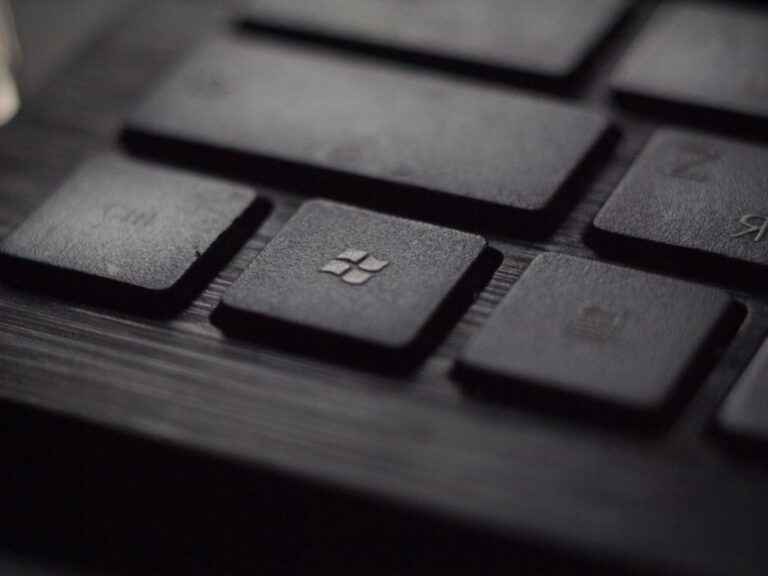Why Are Keys Arranged in QWERTY Layout on a Keyboard?
The QWERTY keyboard is the most used and popular keyboard in the world. If you have a standard laptop, PC, or mobile phone, chances are you use this keyboard every day. Named for the first six letters on the upper row, the QWERTY keyboard has been around since the late 1800s although historians disagree on how it came to be. Let’s take a closer look at its history and function.
The Supposed Initial Purpose of the QWERTY Layout

It is generally accepted that the QWERTY keyboard arrangement then called the Typewriter, was developed by Christopher Latham Sholes. A typewriter using the mechanism was first commercially produced in 1874 by Remington & Sons as the Remington Number 1. According to this version of the story, the typewriter featured characters placed at the end of a bar that would swing from the end of a linkage when a key was struck to transfer an impression in ink onto a paper.
This early design, however, proved ineffective because the bars would often collide with each other and jam. Sholes then allegedly re-arranged the keyboard so that common letters were far from each other. The goal was to slow typists down and eliminate the jamming problem.
The QWERTY Keyboard and Telegraph Operators
According to evidence unearthed by researchers from Japan, however, this story may not be true – at least not all of it. Evidence suggests that while Christopher Sholes was the first person to file a patent for a typewriter with the QWERTY layout, his idea was not fully formed. Instead, the layout was used to transcribe Morse code by telegraph operators and the layout changed multiple times to accommodate their needs before evolving into the QWERTY keyboard we know today.
By following the keyboard’s history, the Japanese researchers in their Kyoto paper concluded that the design was not remodeled to avoid jamming but rather evolved as a direct result of how telegraph operators were using it. These professionals needed to transcribe messages fast and found the alphabetical layout inefficient and confusing. They shared their feedback which, over time, led to the development of the QWERTY configuration.
Alternative Keyboard Arrangements

August Drovak came up with an alternative keyboard arrangement in 1932 – one he claimed would be faster. He arranged the five most common consonants and the vowels in the middle row so that the right and left hands could be used in an alternating rhythm. Essentially, the goal was to reduce the distance the typist’s fingers travel on the keyboard and boost alternation.
But while the keyboard has its loyalists, it has never been able to replace the QWERTY keyboard. An independent 1956 study found that both keyboards allowed similar rates of typing and several studies after it have confirmed this. Still, some people maintain that the Drovak is more efficient.
Conclusion
Legend holds that the QWERTY layout was designed to slow down typists and reduce typebar jamming by separating common letters from each other. However, several studies propose that the first QWERTY keyboard was not perfect and that the design was developed purposely for Morse operators over many years. But whether you use this iteration or the Drovak keyboard, it is clear that your typing speed will not change very much, thus ensuring that the QWERTY layout will remain the standard for a while.
READ ALSO: Keyboard Form Factor and Keyboard Layout – What’s the Difference?
Disclaimer: This page contains links that are part of different affiliate programs. If you click and purchase anything through those links, I may earn a small commission at no extra cost to you. Click here for more information.
SUBSCRIBE TO TECHNOBRAX
If you want to receive updates whenever we post new articles or emails regarding discount deals on mice and keyboards, or other electronic devices CLICK HERE to SUBSCRIBE





![What is Fast Startup? [Windows 10]](https://technobrax.com/wp-content/uploads/2022/02/What-is-Fast-Startup-768x432.png)

